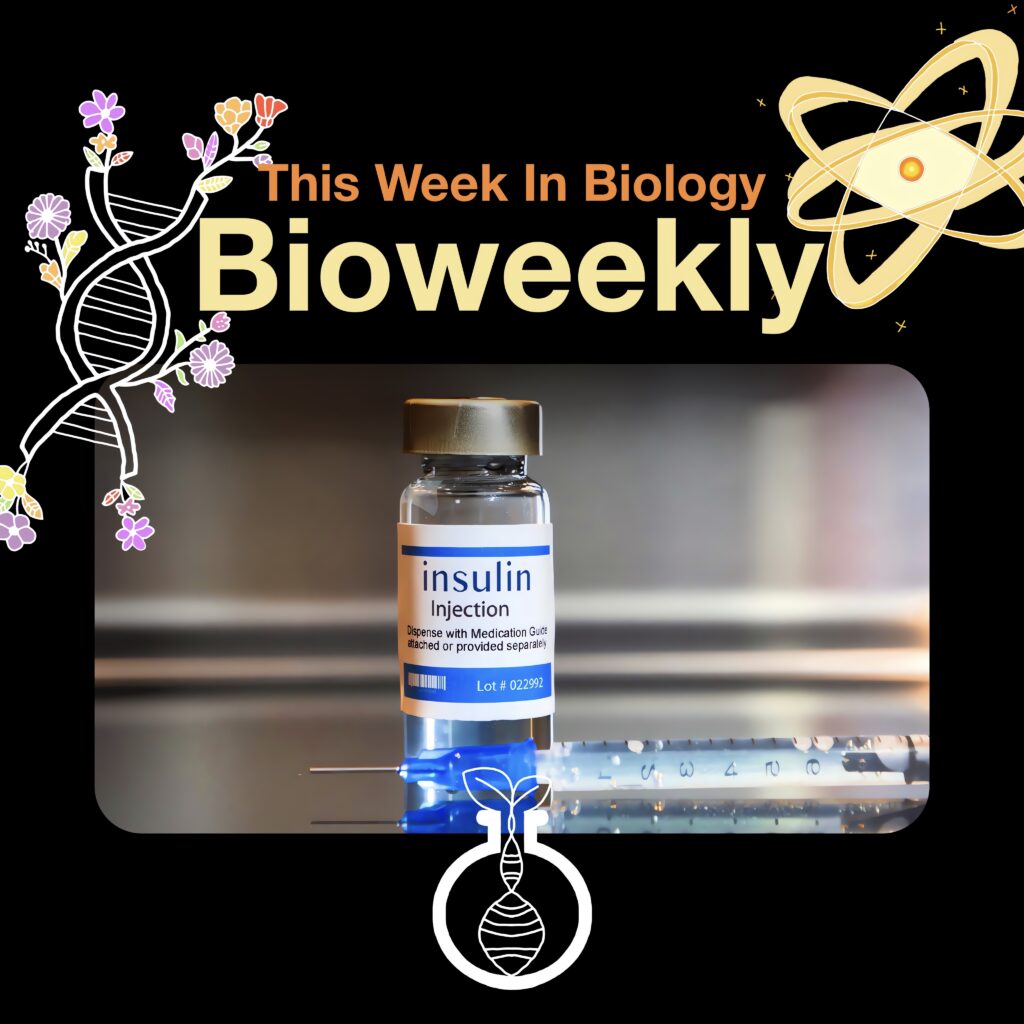This week’s biology news brings us remarkable discoveries that push the boundaries of science. Researchers have successfully created the first bi-paternal mouse, shedding light on unisexual reproduction in mammals. In the U.S., scientists have identified a close relative of the deadly Hendra virus, raising concerns about potential zoonotic threats. Meanwhile, a new study links delayed REM sleep to early signs of Alzheimer’s, offering a potential early detection method for the disease. Let’s dive into the details!
You can find all of the sources in this article right below each story.
First Mouse with Two Male Parents Reaches Adulthood
For the first time, scientists have successfully created a bi-paternal mouse—one with two male parents—that survived to adulthood. By modifying key imprinting genes, researchers overcame significant barriers that have previously prevented unisexual reproduction in mammals. While the survival rate was low, and the mice were sterile, this breakthrough could reshape the future of reproductive biology, cloning, and regenerative medicine. However, ethical and technical challenges remain before such technology could be applied to larger animals or humans.

Dive into the full news through here
Deadly Hendra Virus Relative Discovered in the U.S.
Scientists have identified Camp Hill virus, a newly discovered henipavirus, in shrews in Alabama. This marks the first time a virus from this deadly family has been found in North America. Henipaviruses, such as Hendra and Nipah viruses, have high fatality rates and have caused deadly outbreaks in other regions. Researchers are now investigating whether this virus poses a risk to humans and are working on potential vaccines. The discovery highlights the growing need for global virus surveillance and preparedness.

Delayed REM Sleep Could Be an Early Warning Sign of Alzheimer’s
A new study reveals that taking longer to enter REM sleep—the phase crucial for memory processing—may be an early indicator of Alzheimer’s disease. Researchers found that individuals with delayed REM sleep had higher levels of toxic amyloid and tau proteins, both linked to Alzheimer’s progression. The findings suggest that improving sleep quality might help reduce cognitive decline. Future research will explore whether medications that enhance REM sleep could slow or prevent the disease.
You can learn more about the Stages Of Sleep from our article!

Dive into the full news through here
Thank you for diving into this week’s news with us. We hope you enjoyed uncovering these fascinating updates as much as we did. Be sure to return next week for more exciting discoveries from the world of science. Until then, stay curious and keep exploring!


My name is Ali Emre Cabadak, a dedicated biology enthusiast currently pursuing my studies at Marmara University, where I am majoring in Bioengineering. As a passionate advocate for scientific discovery and innovation, I am the founder of Biologyto. My goal is to bring the wonders of biology closer to everyone and inspire a new generation of thinkers and innovators. Through Biologyto, I aim to write scientific articles that delve into the fascinating world of biology, sharing insights and discoveries that inspire curiosity and innovation.





